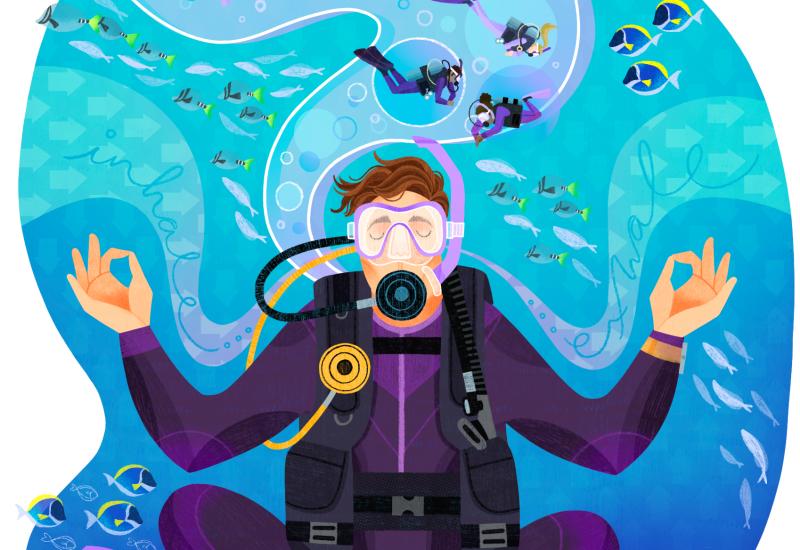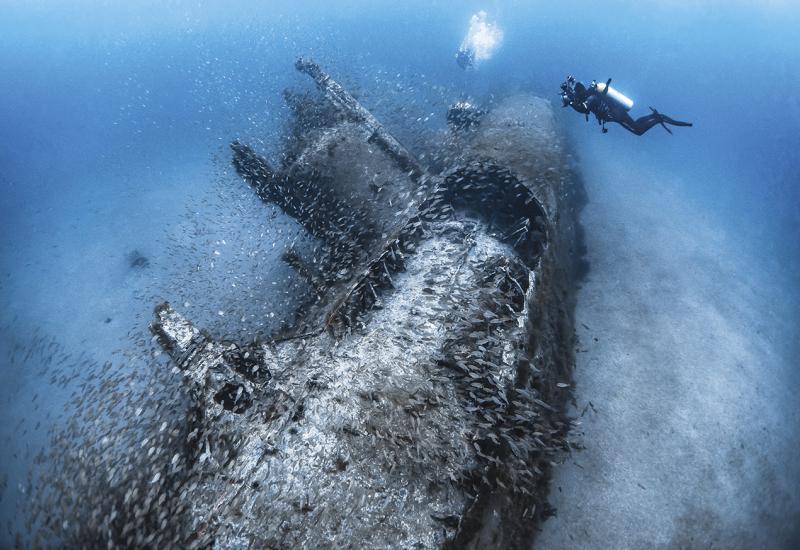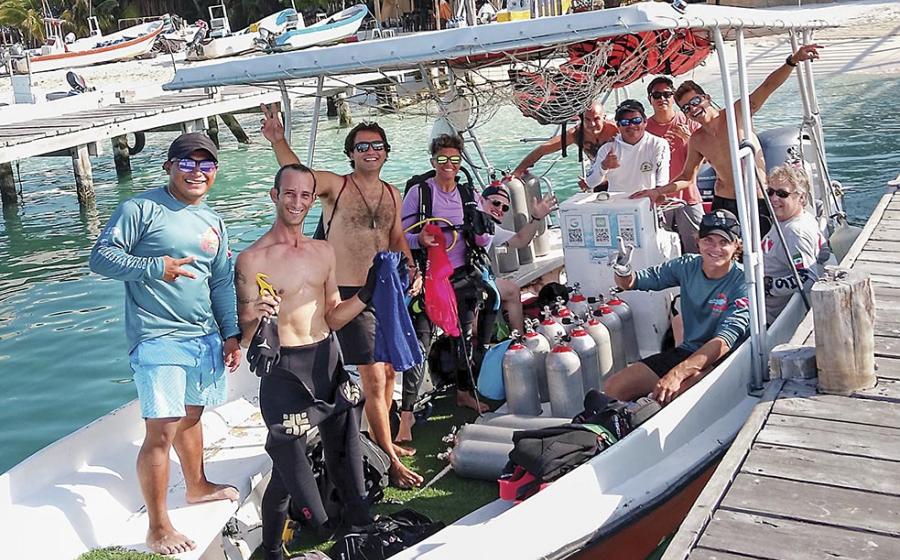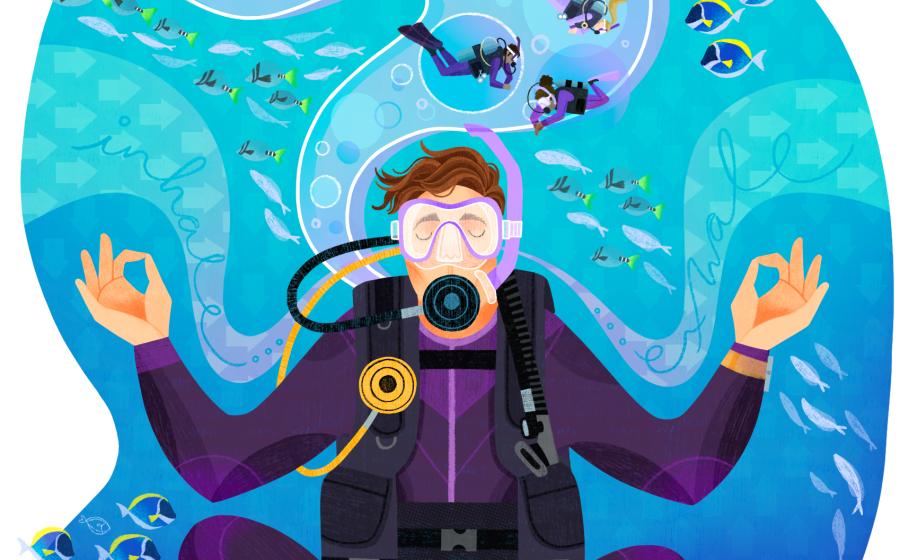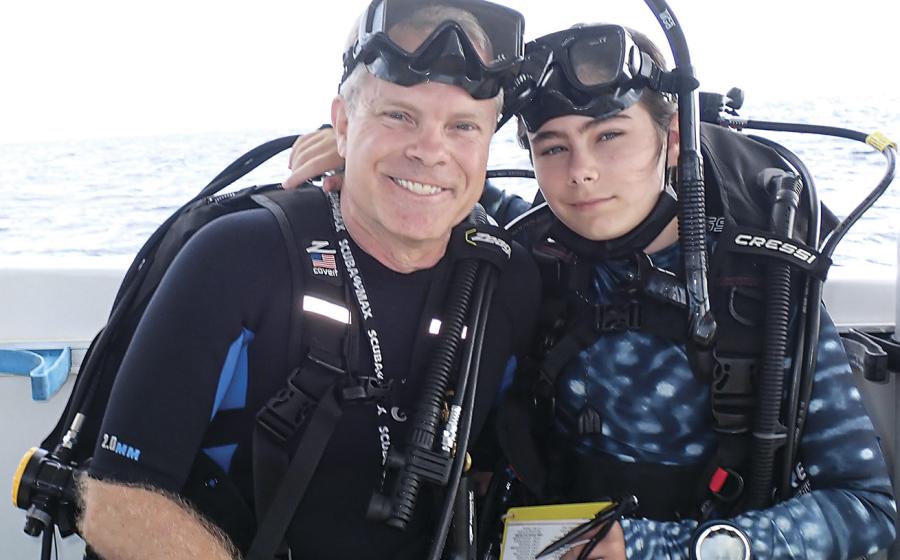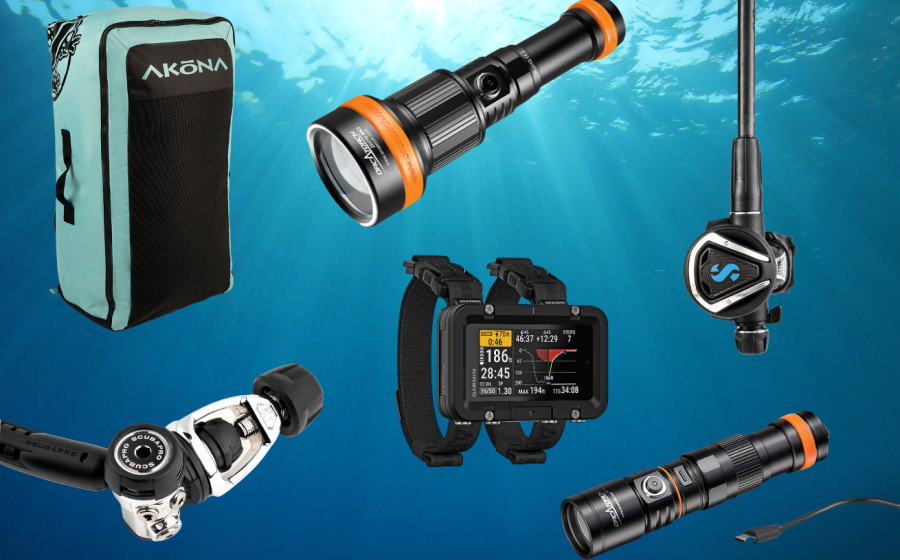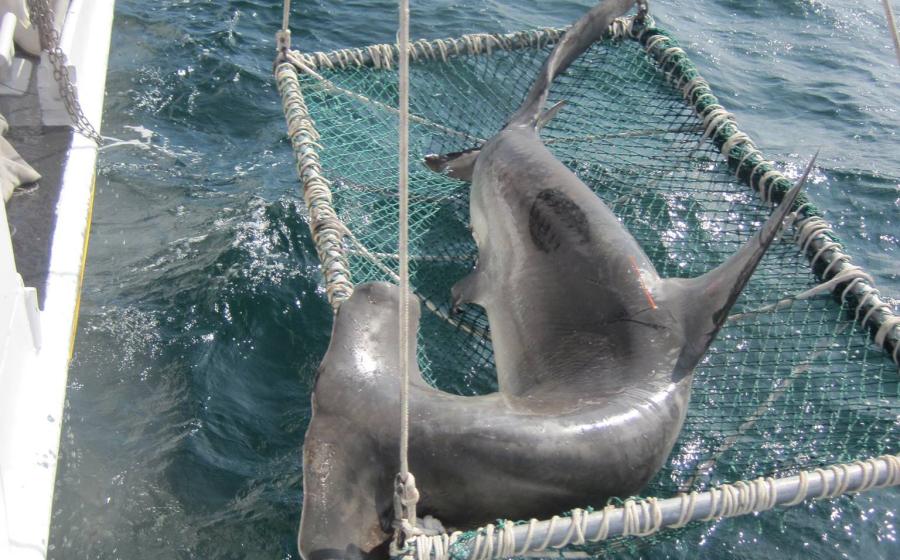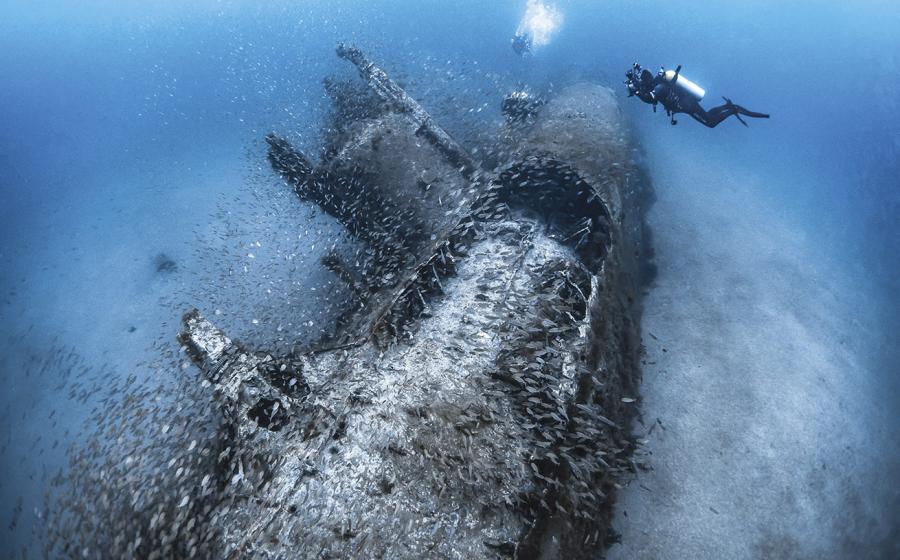Weighed Down

STEVEN P. HUGHESA small problem like getting lost, compounded by being over-weighted, can lead to larger concerns.
Les and his buddy were exploring a deep coral reef. After about 10 minutes, everything seemed to be going wrong. They began their ascent and were almost to the surface when Les’ buddy began to thrash around. Then he bolted for the surface. Les didn’t have time to worry about that, though, as he realized he was out of air. He swam for the surface, but found it difficult.
The Diver
Les was a 41-year-old advanced open-water diver with more than 100 lifetime dives in various environments. He had three dives in his logbook to deeper depths than this dive.
The Dive
Les and his buddy were diving from a charter dive boat. They planned to explore a coral reef at approximately 100 feet of seawater. Conditions overall were fair, with moderate current and 2-foot waves on the surface. Visibility was murky for the location, limited to 40 feet.
The Accident
After making a normal descent to 105 feet, they explored for about 10 minutes, but then realized they had lost track of the anchor line. After several minutes of searching for it, they made a free ascent to the surface to link up with the boat.
Les was 23 minutes into the dive and close to the surface when his dive buddy began panicking and kicking for the surface. The man had run out of air. Les’ buddy made it to the surface and survived. Les never reached the surface.
Analysis
Les’ body was recovered on the reef about an hour later at 112 feet. His weight belt was found nearby, loaded with 17 pounds of lead. He was using a negatively buoyant steel tank. Les was wearing an additional 33 pounds of lead in his trim pockets, integrated weight pouches and additional soft weights inside the BCD pockets that were not removable. Altogether, not including the steel tank, Les was carrying 50 pounds of lead— excessive even for a cold-water diver wearing a drysuit and far in excess of what he needed in warm water.
Les and his dive buddy made several mistakes on this dive—all of which they likely learned about in their initial open-water training. We don’t know Les’ recent dive history, but it is possible he had been diving in colder water and failed to reset his weights when switching to a warmer environment. Had the divers performed a predive buoyancy check, Les’ weighting issues would have been immediately apparent.
The next mistake they made was failing to keep track of the anchor line, which would have guided them on their ascent. Getting lost or surfacing a distance from the boat often causes dive accidents. It is important that divers keep track of the boat or where they began their dive. Making a free ascent itself isn’t a problem, but attempting to ascend while over-weighted likely caused Les to work harder to kick and breathe. Les’ buddy also reported he felt anxious when they couldn’t find the anchor line. A small problem like getting lost, compounded by being over-weighted, can lead to larger concerns.
Their last issue was gas management. A single tank dive to 100 feet requires careful monitoring of your air supply. You will breathe a tank down faster at that depth than you would at 30 or 60 feet. Breathing rates vary, so it is difficult to say how long of a dive they should have planned, but clearly they didn’t budget their air well or have a reserve in case of a problem.
The physical stress of making the negatively buoyant ascent and the mental stress of the free ascent caused both divers to breathe harder as they ascended. When Les ran out of air, he likely panicked and couldn’t think clearly enough to jettison the additional weights in his removable pockets or from his BCD pockets.
Lessons For Life
Perform a buoyancy check. This is especially important when changing environments or altering the gear you are using.
Master underwater navigation. Have at least one diver in each buddy team keep track of surroundings and know how to get back to shore, the boat or the anchor.
Monitor your air supply. Plan your dive to maintain a reserve in your tank. Never surface with an empty tank.

